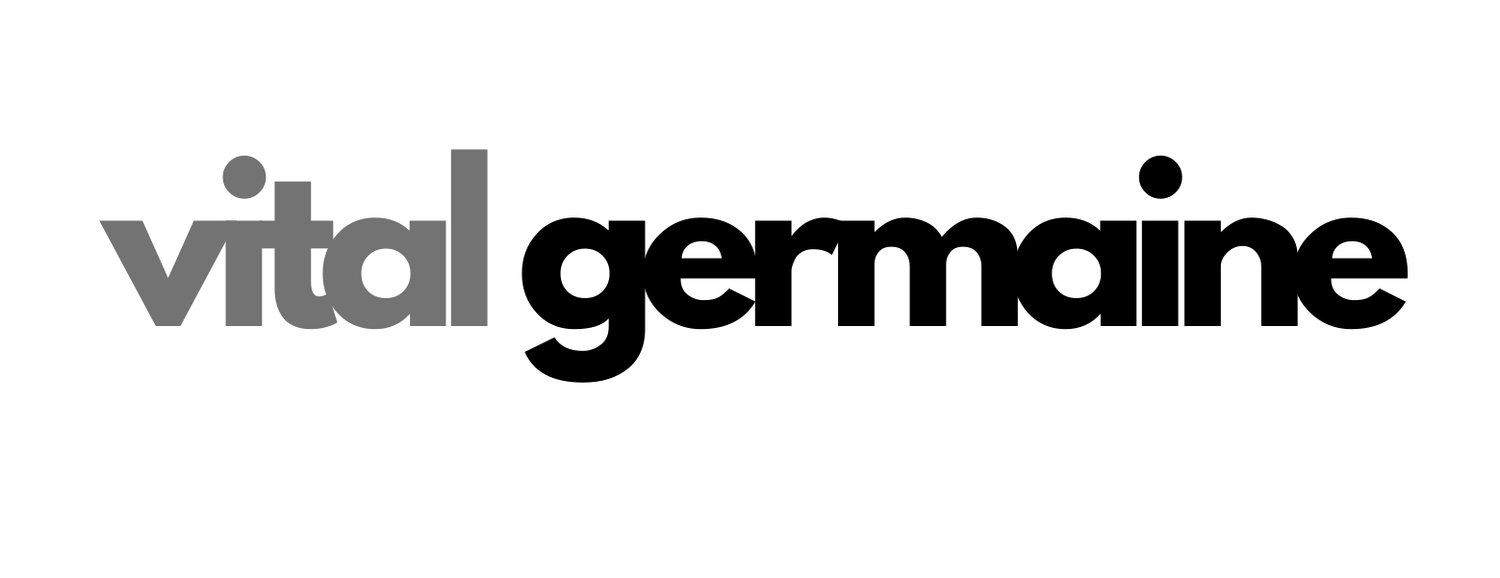How to Optimize Your Risk-Taking
/There is an art form to rolling the dice in order to increase the odds of a positive outcome.
Is it time to quit the job you hate, buy the house, start your business, propose to your dream partner, ask that elusive love interest out on a date? They are all scary goals. When you take risks, the objective is to optimize the outcome, minimizing loss or "failure". Growth and change offer no guarantees. How do you minimize risk and optimize the reward/success? Well, the short version is… you gonna have to take step out of your comfort zone. That can be scary. Below are 5 pillars to help you navigate that fear and optimize the outcome.
1. INTUITION: The seemingly lucky people in life connect with, and trust their intuition in conjunction with the element of planning and analyses. The greats just seem to have a knack of knowing when and how to risk and expand their horizons. Intuition is not a blind act built purely on belief, it is your truest sense of knowledge. Intuition and instinct are not synonymous. Instinct is immediate and purely driven by the reptilian brain. Intuition includes your moral compass (values), gut, experience and the subconscious mind combining with your heart to tell you what is best or what is a negative vibe or energy.
Your gut or heart simply know. Deep down inside you get a sense if the risk is the right one and at the right time. Modern research is showing that the heart sends more signals to the brain than the other way around. On a holistic level, the heart is connected to the source of universal knowledge. Police detectives refer to this as a hunch… something they not only trust, but obey. Design a more promising future by connecting to your intuition. Leverage its power. Be aware you have access to it. Meditation the practice of using it will help ou develop it.
2. REASONING/EVALUATION: Compare and weigh out your best/worst case scenarios. Clearly define and understand the situation and the consequences. Are you observing and translating the signs? Ask such questions as:
How influential will the value of that risk be and how will the result impact your life. What can you live with in terms of loss both on an emotional and financial level? Take the Blackjack player who takes all aspects into consideration before deciding to stick with what he's been dealt, or risk his hand by requesting an additional card. What are the odds that the next card is what is desired?
How much money/humiliation is at stake and can your afford to lose what’s at stake?
What do the percentages suggest? If the odds are in your favor, take the risk… consult step 1 to increase the odds.
3. ALIENATION: In terms of pure business, have a pulse on what the market or environment is ready to embrace. If the change or risk you are contemplating is too drastic or dramatic, ask yourself if you will be supported in failure. Take into account how much conviction and resources you have up your sleeve to counter-act loss of friends/romantic interest or entrepreneurial venture. Are you equipped to navigate the storm of rejection, indifference or alienation?
4. ADAPTATION: Transformation is a progressive journey that demands strategic change and adaptation. The willingness to fail along that journey is a must... there is always a period of incubation and a learning curve to navigate during decision-making or when contemplating change or transformation. Risk and growth require patient nurturing while the new is sculpted. Most times the loss hurts. Can you live with that pain, learn, get up and go again? If so, definitely take the risk. Fingers crossed. Your institution has got this.
5. OPTIMIZATION: The risk factor is ultimately based on what you can live with or what you are willing to die for? That is the boundary that confines or liberates you in regards to how far you are willing to elevate the ceiling and stretch your mind to the desired outcome. Put all these elements into place and enjoy the rewards of your risks and transformation.
Learn more in the two book:
THINK LIKE AN ARTIST: leveraging your creativity to grow your wings
Sincerely.
Please follow me on:








